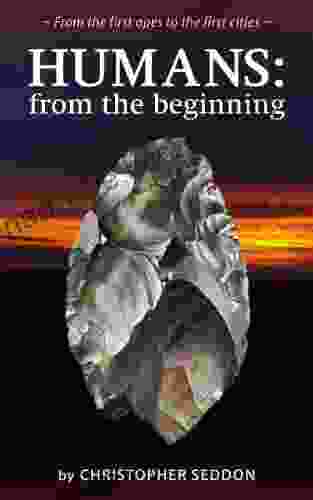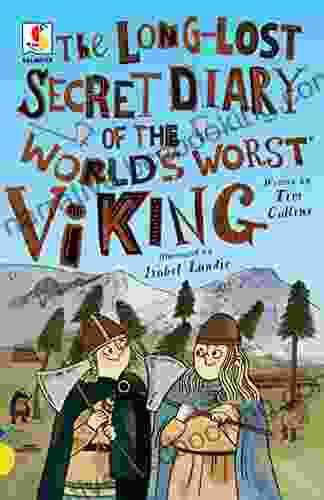From the First Apes to the First Cities: Unraveling the Origins of Human Civilization

In the vast tapestry of human history, our journey began long before the rise of mighty empires and the grandeur of metropolises. It commenced amidst the untamed wilderness, where the first apes embarked on an extraordinary evolutionary odyssey. From their humble beginnings to the dawn of urban life, the origins of our civilization are a captivating tale, full of wonder, resilience, and ingenuity. 4.3 out of 5 In this comprehensive exploration, we will venture into the enigmatic world of our ancestral past, unearthing the secrets that shaped who we are today. Through the lens of paleoanthropology and archaeology, we will trace the remarkable path from the first apes, who roamed the African savanna, to the bustling cities that emerged as symbols of human progress. The story of human evolution begins in the lush forests of Africa, approximately 6 million years ago. Here, a group of primates known as hominids diverged from their chimpanzee cousins, embarking on a unique evolutionary journey that would eventually lead to the emergence of Homo sapiens—modern humans. These early hominids, such as Ardipithecus ramidus and Australopithecus afarensis, possessed distinctive traits that set them apart from their arboreal ancestors. They walked upright on two legs, allowing them to explore new environments and exploit diverse food sources. Their brains were also slightly larger, suggesting an enhanced capacity for cognition and problem-solving. Language : English File size : 8160 KB Text-to-Speech : Enabled Screen Reader : Supported Enhanced typesetting : Enabled Word Wise : Enabled Print length : 567 pages Lending : Enabled The First Apes: Our Primate Origins
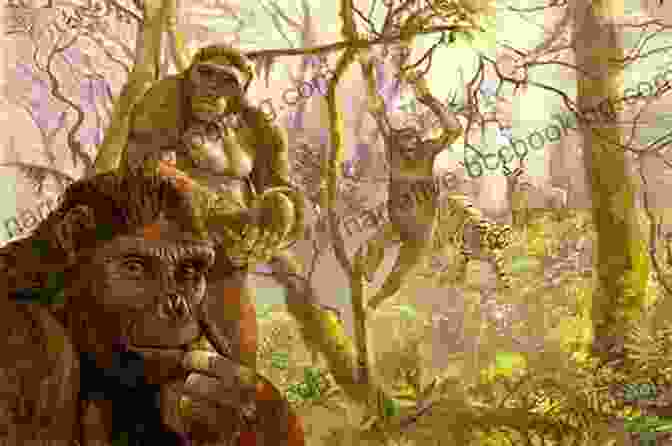
The Stone Age: Tools, Fire, and Survival
As hominids continued their evolutionary journey, they developed sophisticated stone tools and mastered the use of fire, transforming their interactions with the environment and laying the foundation for future technological advancements.
The Stone Age, which spanned millions of years, is divided into three main periods: the Paleolithic, Mesolithic, and Neolithic. During the Paleolithic, hominids crafted hand axes, cleavers, and scrapers from stone, which they used for hunting, gathering, and defense. They also learned to control fire, providing warmth, protection, and a means to cook food.
With the advent of the Mesolithic period, around 10,000 years ago, humans developed more specialized tools, such as spears, arrows, and fishhooks. They also began to exploit new food sources, including fish and shellfish. The Mesolithic marked a transition towards a more sedentary lifestyle, as humans started to occupy temporary settlements near water sources.
The Neolithic period, which began around 6,000 years ago, witnessed a revolution in human behavior with the advent of agriculture and animal domestication. Humans transitioned from hunting and gathering to cultivating crops and raising livestock, leading to the rise of permanent settlements and the development of more complex social structures.
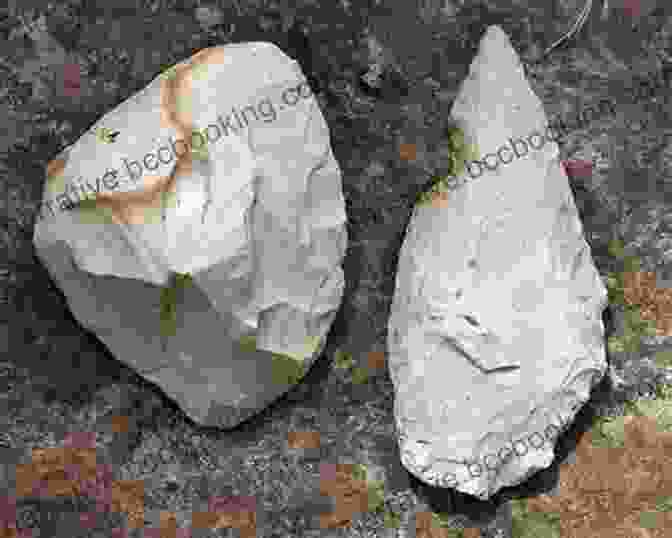
The Bronze Age: A Metallic Revolution
Around 3000 BCE, a new era dawned with the discovery of bronze, an alloy of copper and tin. The Bronze Age ushered in a period of rapid technological advancements, transforming human societies and laying the foundation for future civilizations.
Bronze was harder and more durable than stone, enabling the creation of a wider range of tools, weapons, and ornaments. Bronze tools revolutionized agriculture, making it possible to clear land more efficiently and increase crop yields. Bronze weapons, such as swords and spears, also transformed warfare, providing a significant advantage in battles.
The Bronze Age also witnessed the rise of social hierarchies and the emergence of powerful elites. Surplus food production allowed for the development of specialized crafts and professions, leading to the growth of urban centers and the establishment of centralized governments.

The Iron Age: Urbanization and Empires
Around 1200 BCE, a new technological revolution occurred with the discovery of iron, a stronger and more abundant metal than bronze. The Iron Age marked a period of unprecedented urbanization and the rise of large-scale empires.
Iron tools and weapons provided a significant advantage in agriculture, construction, and warfare, leading to increased food production, territorial expansion, and political centralization. With the availability of iron, humans could construct larger and more durable buildings, enabling the development of cities and the establishment of complex administrative systems.
The Iron Age witnessed the emergence of some of the world's most influential civilizations, including the Babylonian Empire in Mesopotamia, the Egyptian Empire in North Africa, and the Chinese Empire in East Asia. These civilizations developed advanced forms of government, writing, and religion, laying the foundations for modern human civilization.
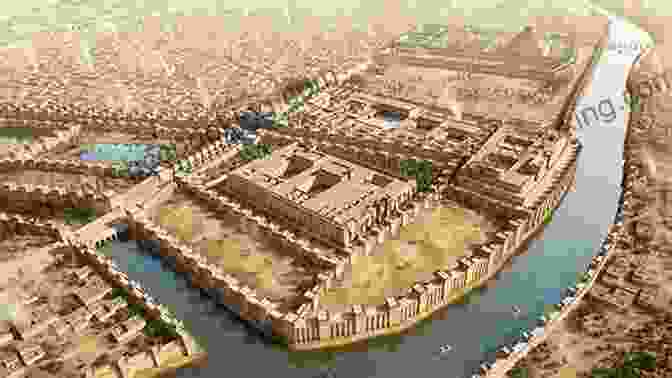
The First Cities: Centers of Civilization
The development of cities marked a pivotal moment in human history, transforming social, economic, and political structures. Cities served as centers of trade, commerce, and cultural exchange, fostering innovation and the advancement of knowledge.
The earliest cities emerged in Mesopotamia around 3500 BCE, including Uruk, Ur, and Eridu. These cities were characterized by large populations, monumental architecture, and centralized governments. They became hubs of trade and culture, attracting merchants, artisans, and scholars from far and wide.
As civilizations flourished, cities continued to grow in size and complexity. They became centers of political power, with elaborate palaces and temples housing rulers and religious leaders. Cities also played a crucial role in the development of writing, mathematics, and astronomy, laying the foundations for scientific and philosophical inquiry.
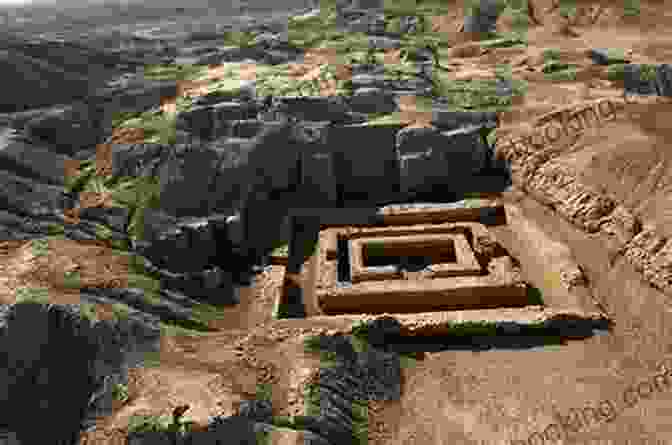
4.3 out of 5
| Language | : | English |
| File size | : | 8160 KB |
| Text-to-Speech | : | Enabled |
| Screen Reader | : | Supported |
| Enhanced typesetting | : | Enabled |
| Word Wise | : | Enabled |
| Print length | : | 567 pages |
| Lending | : | Enabled |
Do you want to contribute by writing guest posts on this blog?
Please contact us and send us a resume of previous articles that you have written.
 Book
Book Novel
Novel Page
Page Chapter
Chapter Text
Text Story
Story Genre
Genre Reader
Reader Library
Library Paperback
Paperback E-book
E-book Magazine
Magazine Newspaper
Newspaper Paragraph
Paragraph Sentence
Sentence Bookmark
Bookmark Shelf
Shelf Glossary
Glossary Bibliography
Bibliography Foreword
Foreword Preface
Preface Synopsis
Synopsis Annotation
Annotation Footnote
Footnote Manuscript
Manuscript Scroll
Scroll Codex
Codex Tome
Tome Bestseller
Bestseller Classics
Classics Library card
Library card Narrative
Narrative Biography
Biography Autobiography
Autobiography Memoir
Memoir Reference
Reference Encyclopedia
Encyclopedia Charles Stross
Charles Stross Charlie Walker
Charlie Walker Christopher Carter
Christopher Carter Chris Jericho
Chris Jericho Chris Algieri
Chris Algieri Chris Peterson
Chris Peterson Cindy Callaghan
Cindy Callaghan Chan Park
Chan Park Catherine Prendergast
Catherine Prendergast Christopher Ives
Christopher Ives Chris Lehto
Chris Lehto Catherine Johnson
Catherine Johnson Cherish Amore
Cherish Amore Christina Sharpe
Christina Sharpe Christopher Butler
Christopher Butler Christi Straub
Christi Straub Cheryl L Sain
Cheryl L Sain Charles M Blow
Charles M Blow Charles Edward Chapel
Charles Edward Chapel Christobel Mattingley
Christobel Mattingley
Light bulbAdvertise smarter! Our strategic ad space ensures maximum exposure. Reserve your spot today!

 Rob FosterDiscover the Secrets of a Happy Nation: A Comprehensive Guide to "Notes From...
Rob FosterDiscover the Secrets of a Happy Nation: A Comprehensive Guide to "Notes From...
 Beau CarterUnlock the Secrets of Modern Magick with "The Magick of Merlin Modern Magick...
Beau CarterUnlock the Secrets of Modern Magick with "The Magick of Merlin Modern Magick...
 Patrick HayesJourney in Thailand and Burma: A Classic Travelogue from the Golden Age of...
Patrick HayesJourney in Thailand and Burma: A Classic Travelogue from the Golden Age of... John GrishamFollow ·11.8k
John GrishamFollow ·11.8k Andy HayesFollow ·12.8k
Andy HayesFollow ·12.8k Zadie SmithFollow ·3.2k
Zadie SmithFollow ·3.2k Ivan TurnerFollow ·10.2k
Ivan TurnerFollow ·10.2k Arthur MasonFollow ·3.3k
Arthur MasonFollow ·3.3k Christian CarterFollow ·4.7k
Christian CarterFollow ·4.7k Edgar Allan PoeFollow ·17.6k
Edgar Allan PoeFollow ·17.6k Evan SimmonsFollow ·8.2k
Evan SimmonsFollow ·8.2k

 J.R.R. Tolkien
J.R.R. TolkienEscape to the Culinary Paradise: "Truck Stop Deluxe In...
Prepare your palate for an...

 Andres Carter
Andres CarterA Taste of the Unusual: Discover the Enchanting World of...
Prepare to be captivated by "Cindy Supper...

 Nick Turner
Nick TurnerChild Obesity: Introducing the Idea of Healthy Weight
Child obesity is a serious...

 Junot Díaz
Junot DíazGoing Local: Your Ultimate Guide to Swiss Schooling |...
In the heart of Europe, Switzerland boasts a...

 Raymond Parker
Raymond ParkerSir Cumference and the Dragon of Pi: A Mathematical Fable
In the enchanting realm of...

 Thomas Powell
Thomas PowellUnveiling the Enchanting Realm of Curious Creatures from...
Russian folklore is a rich tapestry of...
4.3 out of 5
| Language | : | English |
| File size | : | 8160 KB |
| Text-to-Speech | : | Enabled |
| Screen Reader | : | Supported |
| Enhanced typesetting | : | Enabled |
| Word Wise | : | Enabled |
| Print length | : | 567 pages |
| Lending | : | Enabled |


